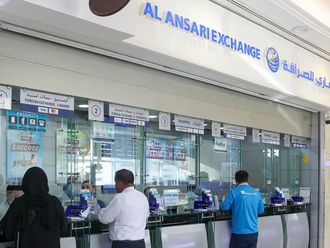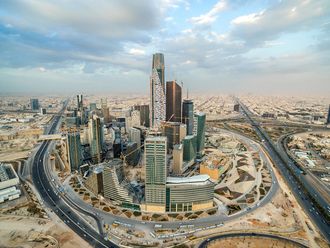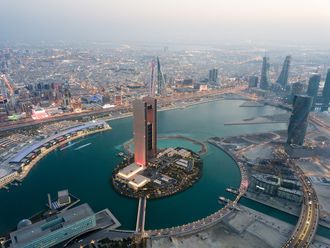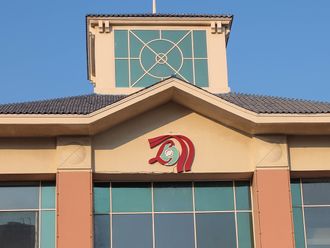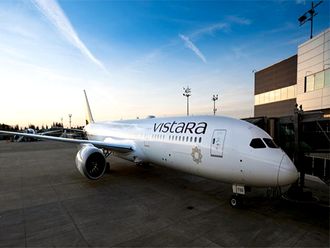Having inherited a 4,000-year-old heritage of complex town planning, Chinese experts are now busy joining the dots and curves to evolve whole new concepts of cities.
Home to the world's most frenetic pace of urbanisation, China is unleashing a wide expanse of construction, from ‘low-carbon city clusters' to Mao era ‘social housing'. And the biggest winners of this concrete blitzkrieg until now have been construction machinery manufacturers.
China's projected urbanisation rate of 50 per cent by 2020 is not only a major factor in the country's own economic growth, but the breakneck speed of its infrastructure upgrade is a global growth driver as well. Competition in China's construction machinery market is getting increasingly fierce as foreign and domestic companies lap up orders generated by new metro lines, intercity high-speed railways and low cost housing.
Caterpillar, the world's biggest maker of construction equipment, has decided to sell yuan-denominated bonds in Hong Kong. The US company plans to raise $150 million (Dh550 million) from the two-year bonds and will be allowed to transfer the proceeds to the Chinese mainland.
Beijing opened the yuan bond market in Hong Kong to overseas firms in February this year and Caterpillar is the second company after McDonald to test the waters.
Door of opportunity
Construction machinery is one sector which has benefited greatly from China's open-door policy, with the severe competition between foreign and domestic firms pushing the country up the industrial value chain. A new study in World Development magazine documents the construction machinery sector in China and how indigenous businesses have had spectacular success after the country's admission to the World Trade Organisation in 2001, while providing foreign companies a vast spectrum of opportunity.
Along with Caterpillar's expansion plans, Sweden's Volvo is also launching a $100 million-plus investment programme focused on emerging markets. For China alone, the company will build a $30 million technology centre in Shandong Province, and invest another $50 million to expand its facility in Linyi, also in eastern China.
Chinese giants expand
While multinationals are depending on China to lift their profit lines, local companies too are outward bound in an aggressive way.
Domestic machinery producer, Shanghai and Hong Kong listed Sany Heavy Industry, is looking at setting up plants in overseas markets such as Indonesia, Russia, North African countries and South Africa.
Sany has already set up a research and development and a manufacturing centre, costing $60 million, in India. A 40,000 square metre plant worth $60 million in the United States and a project worth $138.8 million in Germany are currently under construction. In addition, Sany is planning a $200 million project in Brazil.
According to the China Construction Machinery Association, China surpassed the US and Japan to become the world's largest machinery manufacturing power in terms of revenue in 2009.
It turned out a total of 315.7 billion yuan (Dh173.6 billion) of revenue last year, an increase of 13.85 per cent over 2008. By 2015, the 100 top Chinese machinery manufacturers will account for 85 per cent of the global industry's total revenue.
Another local heavyweight, Changsha Zoomlion, is also in a hurry.
Last week it got the China Securities Regulatory Commission and Hong Kong Stock Exchange's approval for a share sale that could raise more than $1 billion. The company, which makes cranes, cement mixers and fire trucks, aims to start trading in Hong Kong by next month, according to reports.
Stretching graphs
The question now niggling away at the industry is can machinery makers continue to depend on China to stretch their graphs up. The boom-time for the industry came in late 2008 when the government unveiled a massive four trillion yuan infrastructure-focused stimulus package to deal with the global financial crisis. Now, with the government rolling up stimulus and tightening bank lending to depress the property market, is there a crunch time ahead?
However, there may not be reason to panic yet. What the regime takes away with one hand, it gives with the other.
The 12th Five-Year Plan (2011-2015) will concentrate on improving railways, roads, ports, affordable housing and new city clusters.
The construction sector may more than double in the next five years on relatively strong fixed-asset investment. The new five-year plan targets annual domestic sales in the construction machinery industry to the tune of 900 billion yuan by 2015, double the 400 billion yuan expected this year.
- The writer is a freelance journalist based in China.




